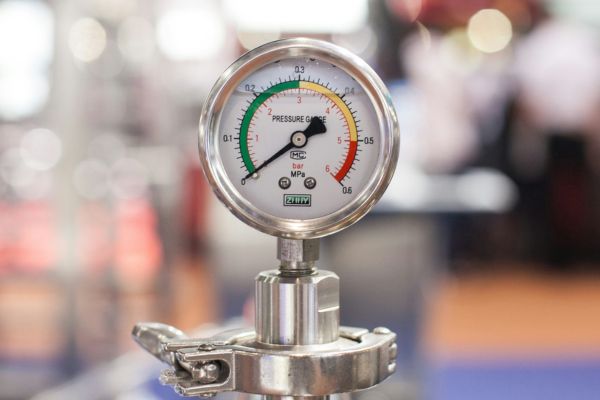Call overwriting strategies have always occupied an interesting niche position straddling the worlds of structured products and funds with the concept originating from equity fund managers decades ago. The basic idea is to have a primary position invested in a group of stocks or tracking an index, and on top of this a series of call options are written, either on individual stocks or the entire index or basket. This strategy is also known as selling covered calls or buy-write. This terminology comes from the fact that the calls are covered (protected) by the stock holding, or that the stock is bought and then the option written.
Definition and rationale
This definition of the strategy also defines its characteristics. In its simplest case, consider a fund with a single holding such as an ETF and which sells three-month call options at a fixed relative strike of the prevailing fund level. This sale of call options will generate premium for the fund when the options are sold, and if the ETF goes up, any further gain from the holding beyond the strike level will be used to pay the option proceeds that the fund is liable for. Therefore, it is impossible for the option to pay out without a compensating gain in the underlying holding. The effect of this strategy is to provide income which will help the fund outperform the equivalent direct holding in flat or falling markets. If the fund rises then returns will be capped at the premium earned plus the level that strike is set at (such as 2% in the case of the strike set slightly out of the money at 102%).
Fund managers like this approach because the options can be sold flexibly according to market view, timing, fund performance and attitude to risk. In practice if the call options sold do not exactly mirror the holdings then the mismatch risk is still very small.
The index world embraced this idea a long time ago and now there are many indices and ETFs that run this strategy on rules based lines, such as fixed strike or fixed premium each roll period. The mostly widely known such index is the CBOE S&P-500 BuyWrite Index (ticker: BXM). This index sells one month slightly out of the money calls every month and takes the premium as compensation.
Performance in different market conditions
In rising markets the covered call version of an index will underperform its regular version because months or quarters where the index is up will have the gains capped. The extent to which that has happened over the last ten years in the S&P-500 is very pronounced. It has posted stellar gains driven by tech stocks and other factors and has an average annual return of 14.7% whereas the buy-write version lags behind significantly with an average of only 7.0% p.a.. The volatility of the BXM is significantly less than the SPX (13.3% versus 17.7%) however this is not enough compensation on a risk adjusted basis and the Sharpe ratio of the BXM is therefore markedly worse than the S&P-500. It is also surprising that even on a one year view the regular S&P-500 has proven much better at delivering any positive return (success rate of 93% versus 83%) and even at avoiding losses of 10% or more (99.5% versus 97%).
There is an intuitive explanation from Modern Portfolio Theory why we might expect this to be the case. To achieve efficient risk adjusted returns the chosen level of exposure to the market should be determined and broadly maintained, whether this be at a full or a reduced level of risk. Each month when the call is sold, the fund “delta” to the market reduces to around 50% and will end the month at 0% or 100% depending on whether the option is in or out of the money, only to be reset back to 50% at the start of the next contract. This introduces inefficiencies in risk profile, akin to a fund manager randomly adjusting holdings in the market that introduces volatility but does not improve returns. This feeds through to poorer risk adjusted returns as can be seen over the last ten years.
Reverse Convertible of income plus capital minus put payoff is economically equivalent to holding stocks and selling calls. However conventional structured products are a better design because they take a single option period (typically 1 to 3 years) and provide better transparency because they define capital return conditions much more precisely point to point from strike to maturity.
Still big in Japan
The call overwrite strategy was very popular in the UK, Switzerland and other markets ten years ago but has virtually disappeared, perhaps due to continued underperformance and an appreciation of its defects. The one market that has embraced it in recent years is Japan, with 500 versions of the offering currently available (source www.structuredretailproducts.com). It is surprising that Japan has bucked the global trend to this degree, but a lower investor risk appetite combined with a healthy distrust of equity markets created by the long term underperformance of the Nikkei 225 may be factors to explain this.
As a short term vehicle to try to time periods of market volatility and decline such as was seen in 2020 the call overwrite mechanism has some merits but over the longer term it struggles to justify itself against more focussed alternatives.
Tags: AlgorithmsA version of this article has also appeared on www.structuredretailproducts.com
Image courtesy of: Art Lasovsky / unsplash.com















